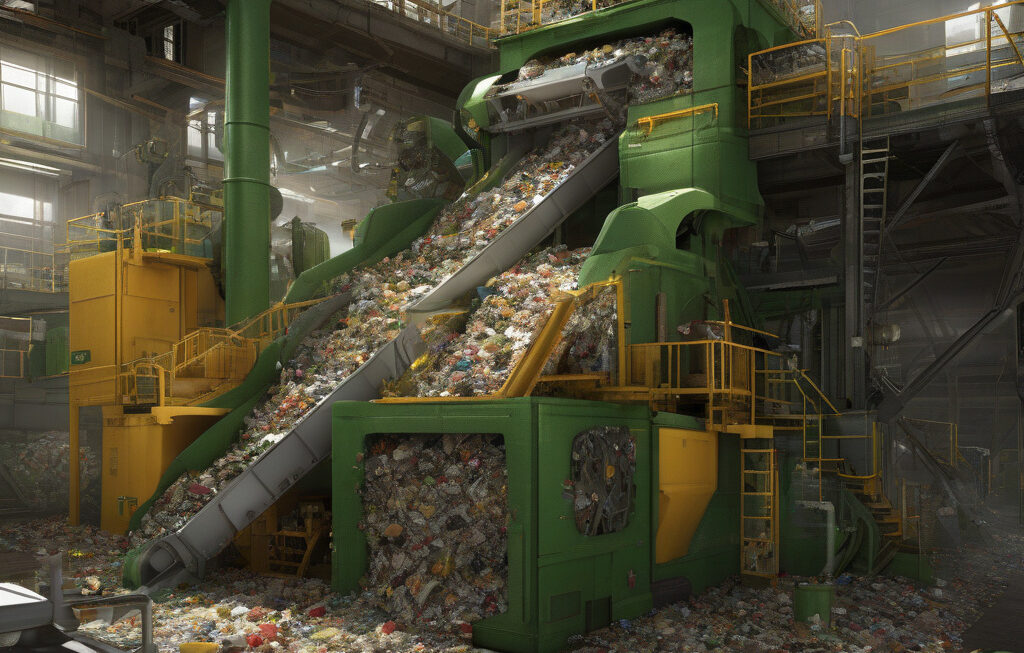How Cultural Heritage Can Go Green Through Digital Preservation
In today’s world, where environmental consciousness is becoming increasingly important, it is crucial for all industries to find ways to minimize their carbon footprint and adopt sustainable practices. This includes cultural heritage organizations, which are now being urged to not only focus on preservation but also to embrace eco-conscious digital strategies and regenerative practices to ensure a greener future for our shared heritage.
In Europe, where the importance of preserving cultural heritage is deeply ingrained in society, there is a growing awareness of the need to combine traditional preservation methods with modern, environmentally friendly approaches. By digitizing cultural artifacts, documents, and artworks, organizations can not only ensure their preservation for future generations but also significantly reduce the need for physical storage space and the use of resources such as paper and chemicals.
One example of a cultural heritage organization that has successfully implemented green digital preservation practices is the Rijksmuseum in Amsterdam. By digitizing its vast collection of artworks and historical objects, the museum has been able to significantly reduce its carbon footprint while making its collection more accessible to a global audience. This not only benefits the environment but also helps to fulfill the museum’s mission of sharing Dutch culture and history with the world.
Furthermore, by adopting regenerative practices, cultural heritage organizations can actively contribute to the preservation and restoration of the environment. This can include initiatives such as planting trees, supporting biodiversity, and investing in renewable energy sources. By offsetting their carbon emissions and actively working to restore ecosystems, these organizations can ensure that they are not only preserving cultural heritage but also safeguarding the planet for future generations.
In addition to the environmental benefits, going green through digital preservation can also have significant financial advantages for cultural heritage organizations. By reducing the need for physical storage space and costly preservation techniques, organizations can save money that can be reinvested in other important projects, such as educational programs, conservation efforts, and community outreach initiatives.
However, it is important to note that the transition to eco-conscious digital preservation is not without its challenges. Organizations must invest in the necessary technology and infrastructure to digitize their collections securely and effectively. They must also ensure that digital copies are properly archived and protected from risks such as cyber-attacks and data loss. Additionally, organizations must consider the ethical implications of digitization, such as ensuring that sensitive cultural materials are handled respectfully and in accordance with cultural protocols.
In conclusion, the shift towards green digital preservation in cultural heritage organizations is not only necessary for the environment but also beneficial for the organizations themselves and the communities they serve. By embracing eco-conscious digital strategies and regenerative practices, these organizations can ensure the long-term preservation of our shared cultural heritage while actively contributing to a more sustainable future.
#DigitalPreservation, #CulturalHeritage, #GreenInitiatives, #Sustainability, #EcoFriendly












